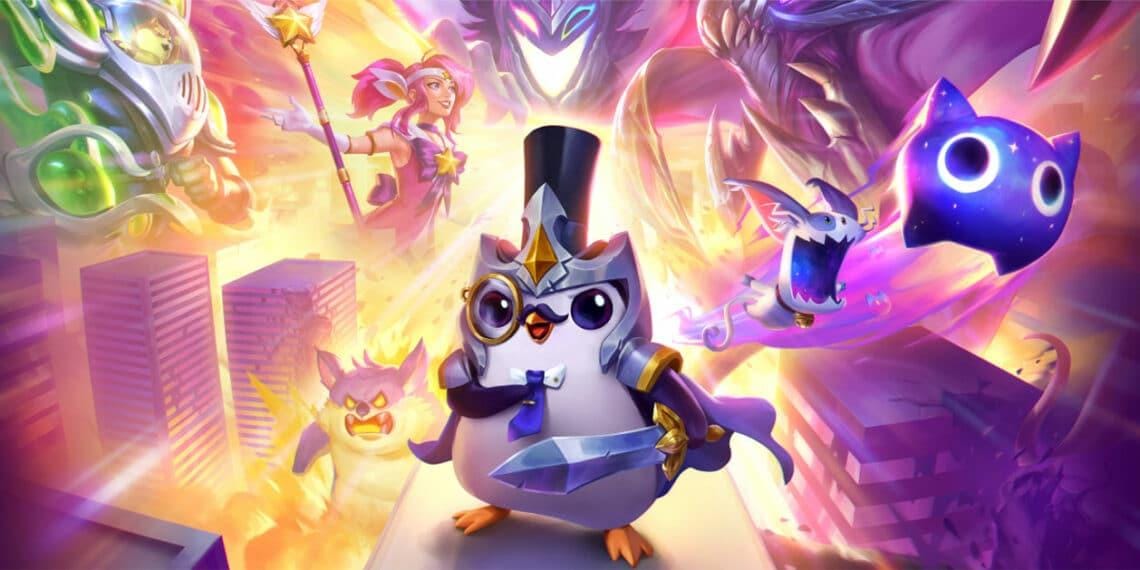

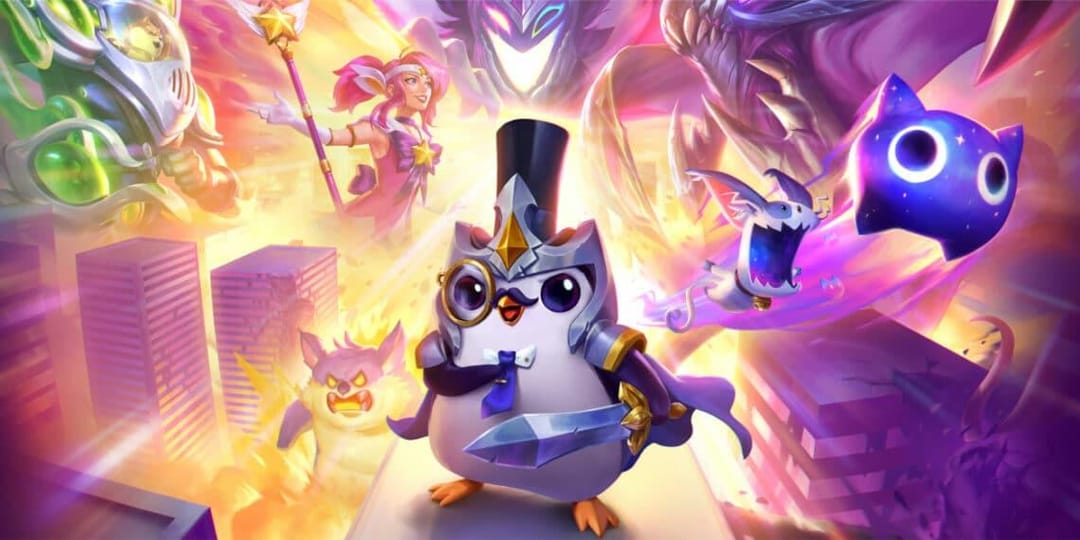
You've heard the buzz, maybe seen the frantic final rounds, and now you're ready to step onto the converging battlefield of Teamfight Tactics.
Forget frantic clicking and last-hitting minions; TFT is a different beast entirely, a strategic auto-battler set within the vibrant League of Legends universe.
It’s chess meets magical warfare, where you draft a team of champions, position them wisely, and watch them battle automatically against seven other players.
Sound intriguing? Good. This beginner guide is your first look, your field manual for navigating the chaos and starting your climb. Let's dive in.
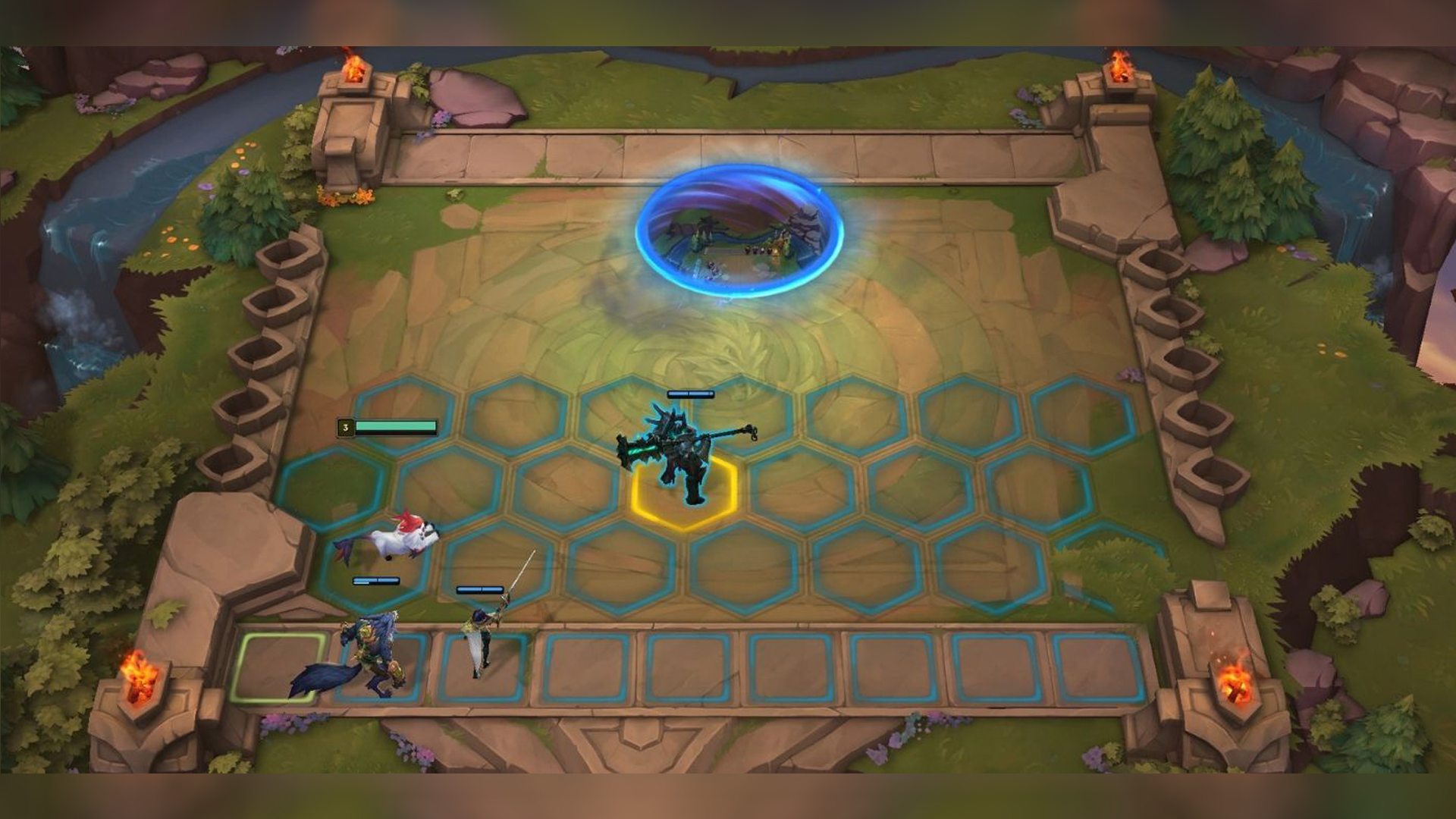
At its core, TFT is an 8-player free-for-all strategy game. You won't control your champions directly in combat. Instead, your skill lies in building the strongest possible team composition round after round.
You'll use gold to buy champions from a shared pool, combine them to create stronger versions, equip them with powerful TFT items, and arrange them on your board.
Each round pits your army against either AI-controlled monsters or another player's team.
Winning rounds preserves your health (represented by your Little Legend avatar), whereas losing rounds means you take damage, and the last player standing wins the TFT match.
Each TFT set introduces new champions, traits, and origins, as well as occasionally new mechanics, ensuring that gameplay always feels fresh and engaging.
Let's walk through the fundamental elements you'll encounter the moment you play the game.
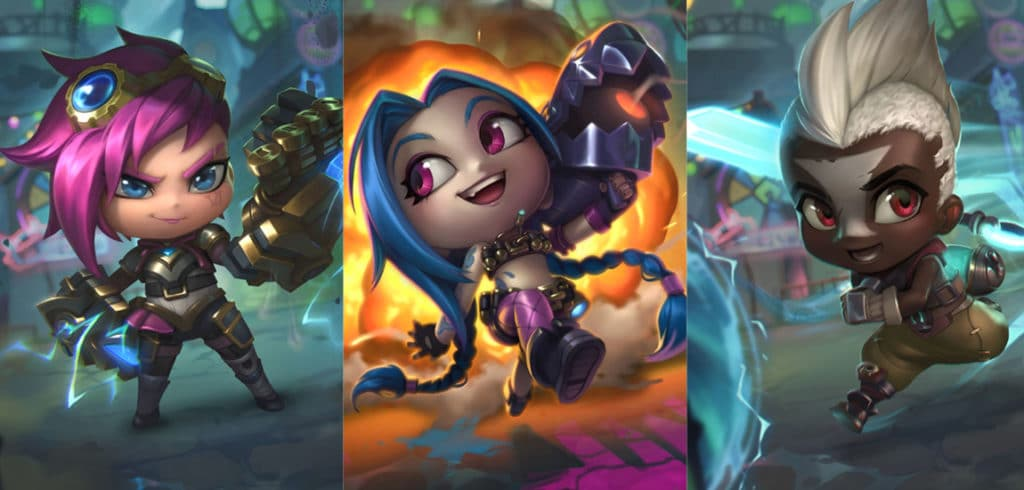
Your side of the arena is a hexagonal grid where you'll place your units. Your Little Legend is your in-game persona; its health bar represents your life total. Keep an eye on the right side of the screen to see your opponents' health and progress.
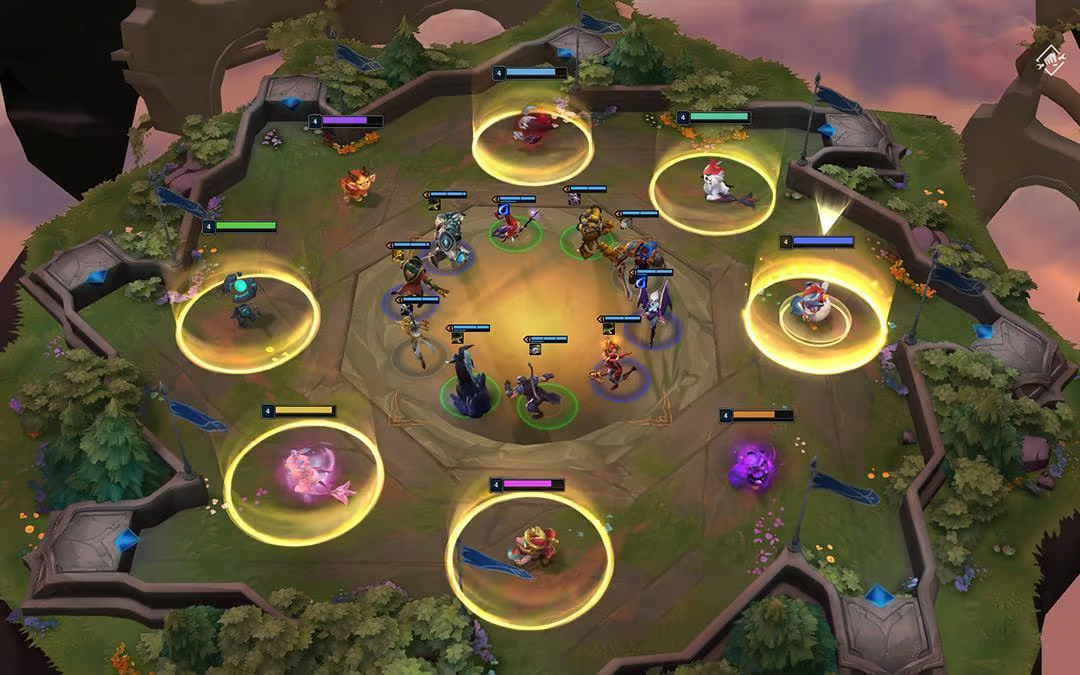
Most TFT games kick off with the Carousel. All eight players converge on a rotating circle of champions, each holding an item component. Players pick one champion/item combo. Who picks first? It's based on current health standings. Players who have fallen behind in health get first pick, offering a comeback mechanic.
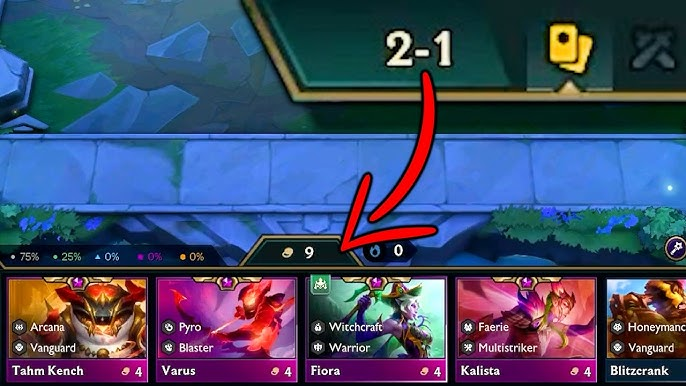
Between combat rounds, your shop appears. You have five slots offering a random selection of champions you can purchase using gold. You can:
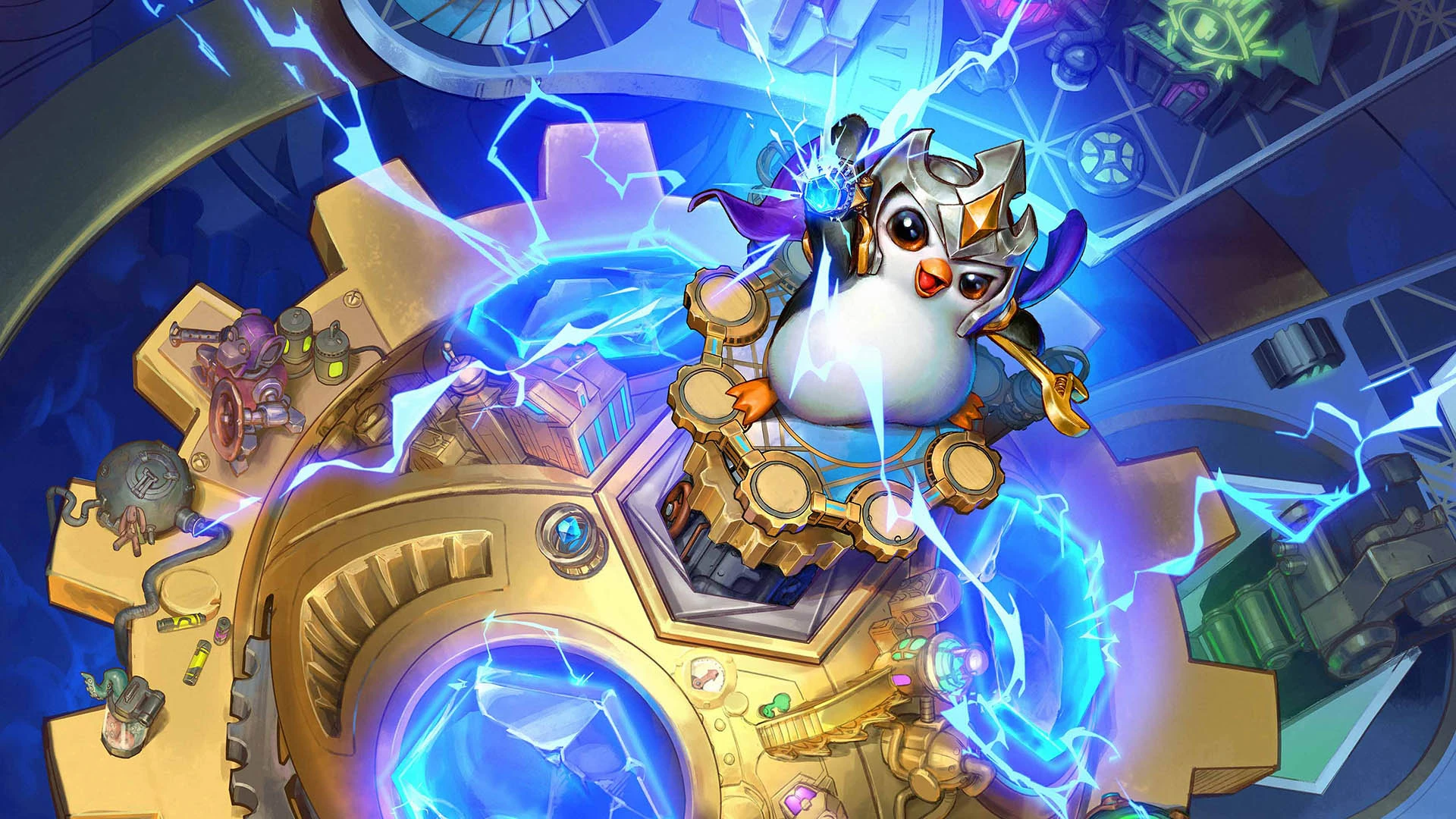
The heart of TFT lies in assembling a synergistic team.
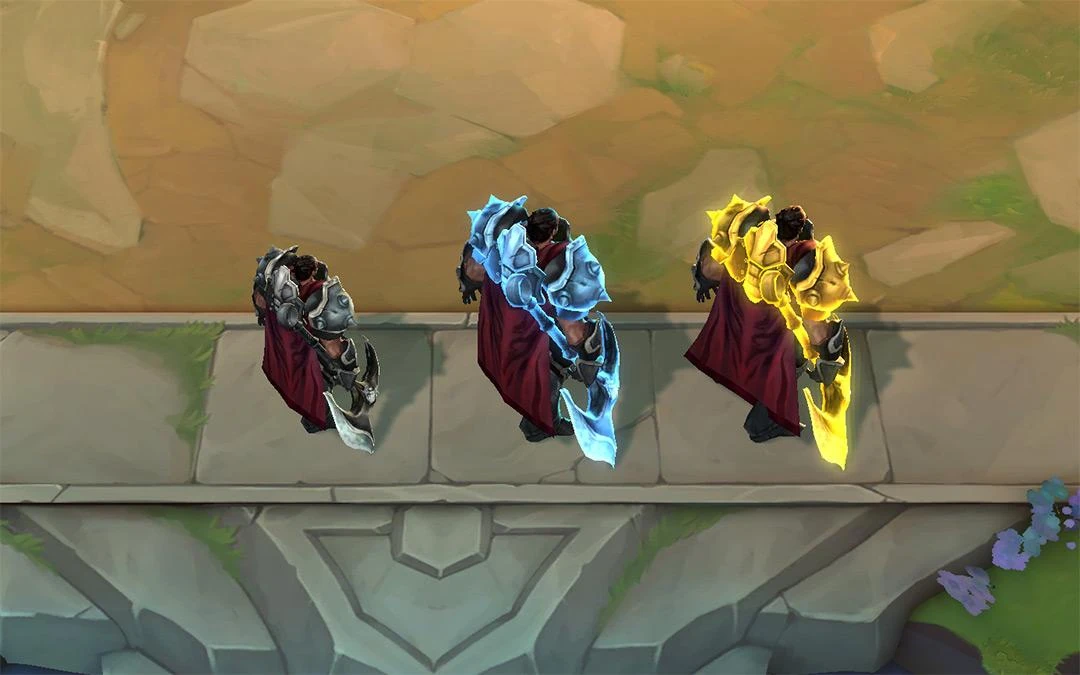
Each champion in TFT has unique stats (health and attack), a mana cost for their unique abilities, and belongs to specific Traits (Origins and Classes).
You can upgrade champions by collecting three identical 1-star champions to combine them into a more powerful 2-star version automatically.
Three identical 2-star champions combine into a mighty 3-star unit. Upgrading dramatically increases their stats and ability power.
Every champion comes from a shared pool, meaning there's a finite number available in each game. For example, if others are buying the same units, they become harder for you to find.
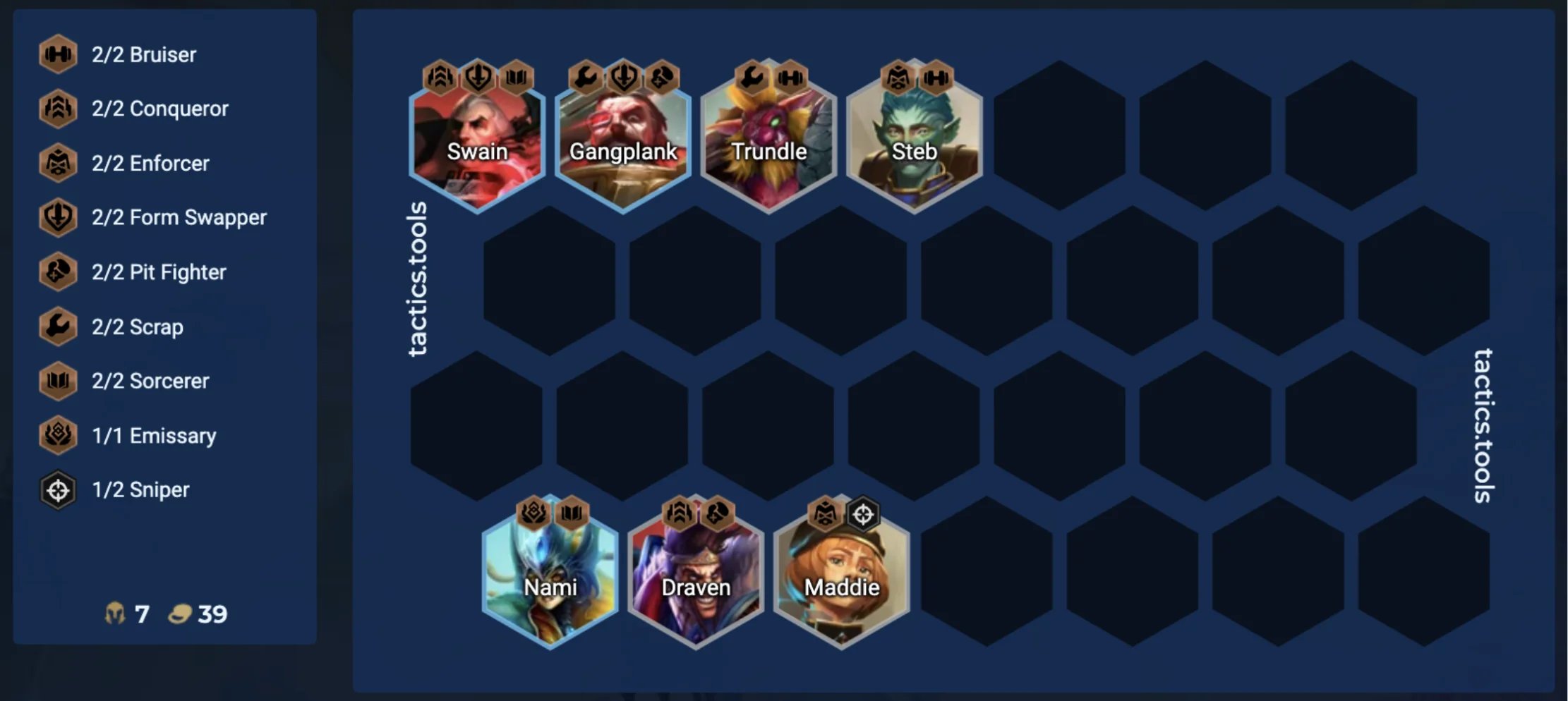
This is where team building gets fun. Every champion belongs to multiple Traits, think of them as affiliations (like 'Bilgewater' or 'Noxus' for Origins) and combat roles ('Bruiser' or 'Sorcerer' for Classes). Fielding multiple champions with the same trait unlocks powerful bonuses for your team. This is called Synergy.
Example: Having two 'Challenger' trait champions might grant them bonus attack speed. Adding two more for a total of four Challengers could grant an even larger attack speed boost.
Mixing and matching Origin and Class synergies is key to creating a powerful team. Experimenting with different combinations (comps) is a core part of the fun and strategy. Learning the traits and origins of the current Teamfight Tactics set is essential.
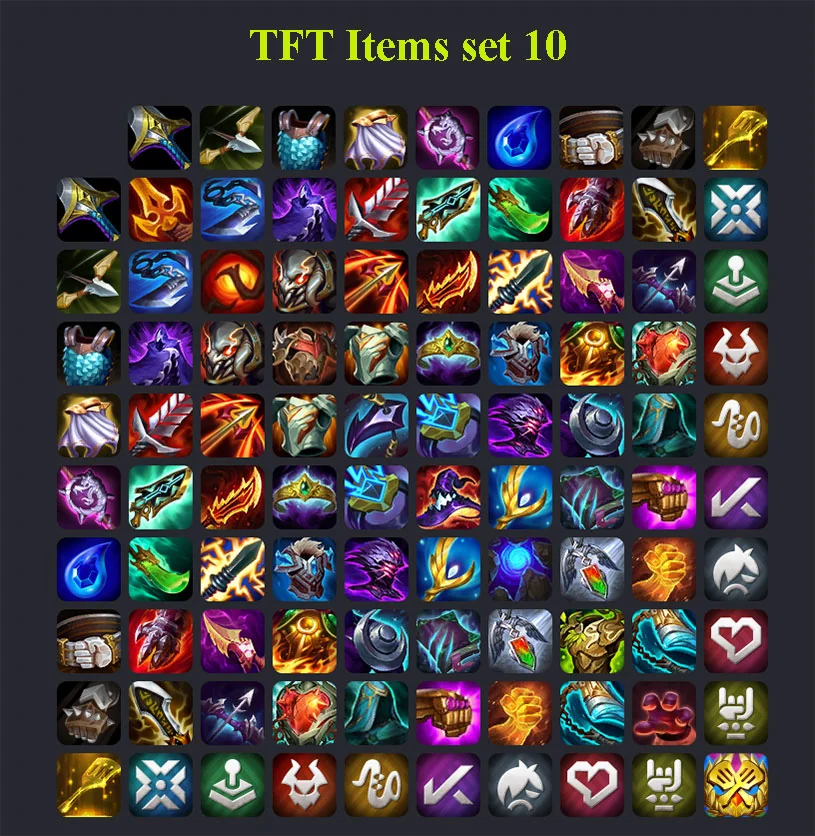
Items add another layer of customisation and power. You get item components from the Carousel and PvE rounds (loot drops from AI monsters). Combining two components creates a full item with significantly stronger effects.
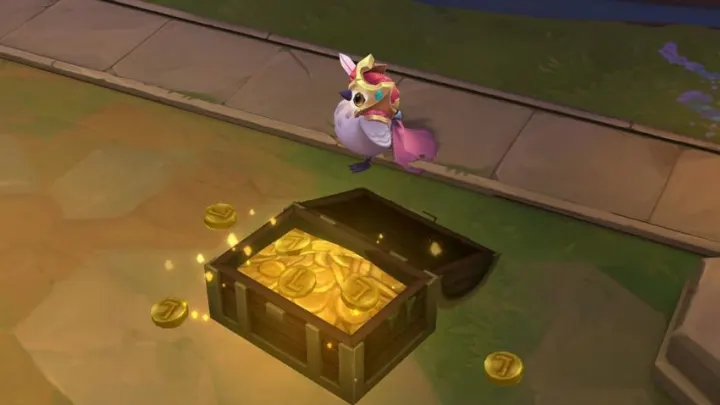
Understanding how to manage your gold effectively is arguably the most critical skill in TFT. More gold means more options: buying champions, rerolling, and leveling up faster. Here’s a TFT economy guide breakdown:
A TFT match progresses through distinct phases:
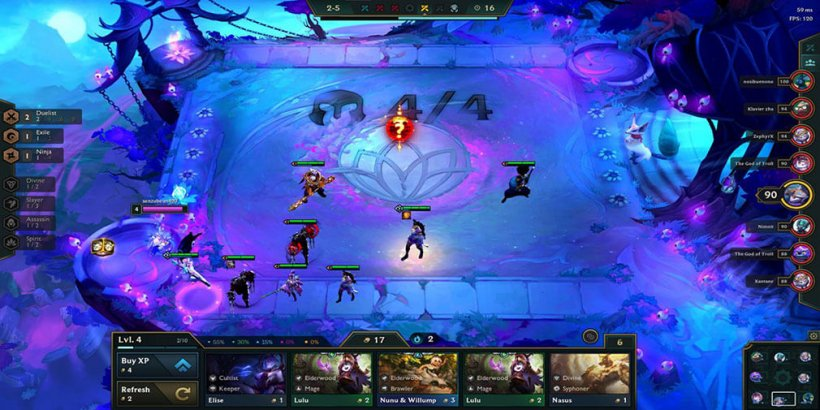
Stages 1-2 start with PvE rounds against AI monsters for initial loot and champions. The first Carousel and initial PvP rounds happen here. Focus on buying pairs, finding simple 2-piece synergy bonuses (like 2 Bruisers or 2 Sorcerers), and starting your economy. Don't spend too much gold on rerolling yet.
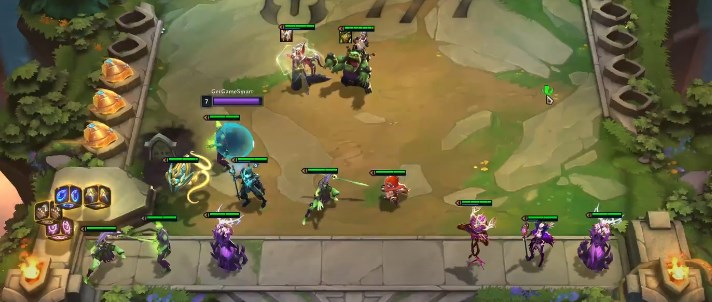
Stages 3-4 are where team comps start to take shape. You'll likely level up to field more units (number of units matters!), make bigger decisions about your final team composition, and start combining more items. Position becomes more important. Scouting opponent boards helps you anticipate threats.
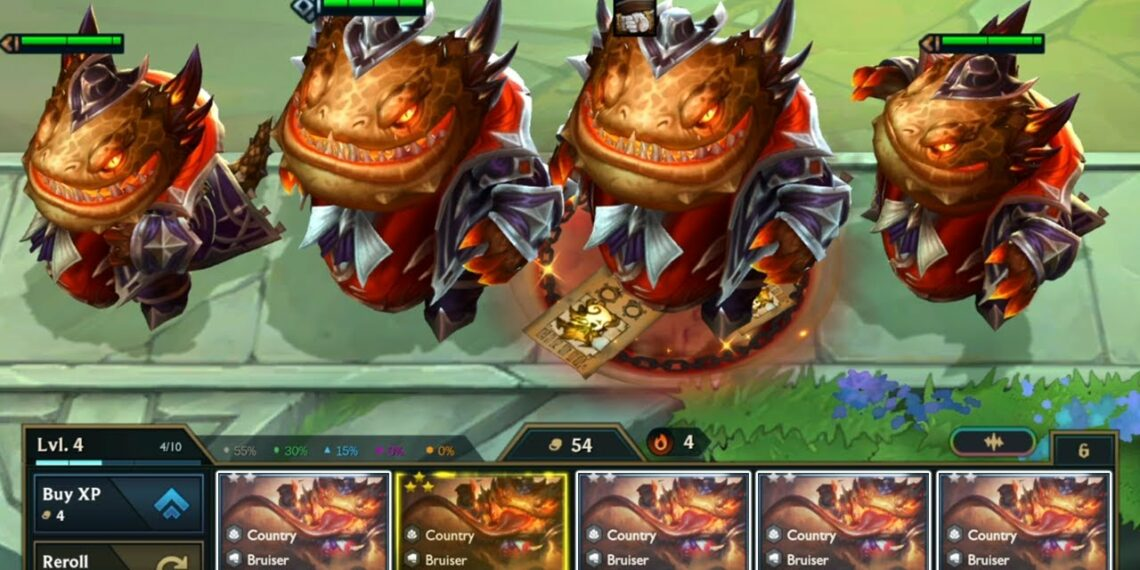
Stages 5+ is where the player count dwindles. High-cost legendary champions appear more frequently. Fights are decided by optimized team comps, strong itemisation, precise positioning, and potentially powerful Augments. Every decision matters here, as health totals are running low. This is where your carefully planned strategy requires precise execution.
Don't try to learn every comp at once. Pick 1-2 relatively straightforward team comps and try to build them consistently to get the hang of the flow.
Prioritize reaching the 50 gold interest cap whenever possible. Learning how to manage your economy is crucial for climbing the ranked ladder.
You don't need to know every combo, but learn what 3-4 core completed items do and what item components build them.
Click on other players' Little Legends on the right to see their board. What comps are they building? Who are the strong players? This informs your decisions.
Don't stay at a low level too long, but don't spend all your gold just to level up if it leaves you broke. Balance leveling with maintaining a strong board and good economy.
Now you have the foundational knowledge to play Teamfight Tactics, so gather your champions, manage that gold, and aim for that first-place finish. Good luck! Looking to improve faster? Check out our pro TFT coaching!